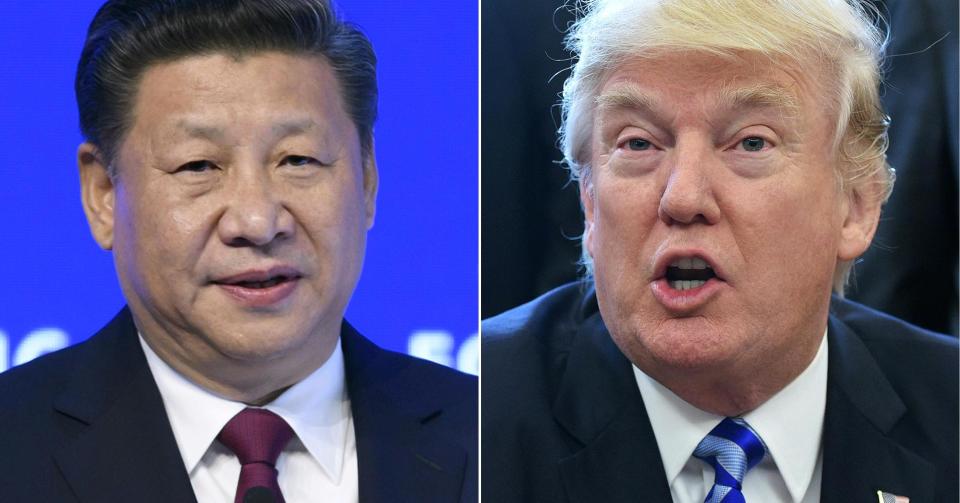Eurasia's Hirson on the US-China trade war: 'How much pain is the president willing to inflict?'
There seems to be some hope in the escalating trade war: U.S. Treasury Secretary Steven Mnuchin reached out to China’s top officials with an offer of talks, and China’s Vice Premier Liu He will make a trip to Washington DC next week.
But Michael Hirson, Eurasia Group director for China, isn’t optimistic about the long-awaited meeting. He believes President Donald Trump’s latest round of tariffs has dampened the chance of the U.S. making any truce with China and thinks the tariff decision emerged from disagreements within the cabinet.
“This is really where you have another example of the different voices within the Trump administration,” Hirson said on Yahoo Finance’s Midday Movers on Tuesday. He considers Mnuchin’s offer of talks as “a last-ditch effort to strike a compromise” before the U.S. went ahead with this round of tariffs on $200 billion worth of Chinese goods, but Trump “pre-empted” him.
The tariffs put Beijing in a tough position, according to Hirson, a former U.S. Treasury representative in Beijing. China toned down domestic media’s coverage following Trump’s announcement, but still announced retaliatory tariffs on $60 billion worth of U.S. imports.
“They certainly cannot negotiate at what they consider to be gunpoint,” Hirson said of China’s dilemma. “Chinese policymakers are increasingly convinced that President Trump is determined to push ahead, basically no matter what.”
The trade war is actually a tech war

Trump’s strategy is to pressure China not just on trade — but its technology, a heated and competitive sector for the world’s largest economies. Trump’s tariffs target the Made in China 2025 initiative, an ambitious industrial upgrading strategy. He has also threatened to put restrictions on Chinese investments in U.S. tech companies. China now is home to more tech unicorns than the U.S., and the government is doubling down on supporting artificial intelligence research.
Hirson believes the global technology race between the U.S. and China is the new normal. “The U.S.-China innovation race is heating up, and it’s moving to the center of what is an increasingly intense geopolitical rivalry,” said Hirson. “We may get a settlement on tariffs. But these two countries are going to be using a range of measures to really try to gain the advantage, in particular, in tech.”
While Trump has threatened to put tariffs on all U.S. imports from China, Hirson said the major uncertainties lie in the reactions from U.S. businesses.
“The question becomes how much pain is the president willing to inflict on the U.S. consumers and U.S. firms that pay the price of these tariffs? And I think that’s still an open question,” said Hirson, who predicts Trump will likely go all-in on taxing Chinese imports in 2019.
Krystal Hu covers technology and economy for Yahoo Finance. Follow her on Twitter.
Read more:
El-Erian: Trump has a 75% chance of winning the trade war
Why the $375 billion US-China trade deficit can be totally misleading

 Yahoo Finance
Yahoo Finance 